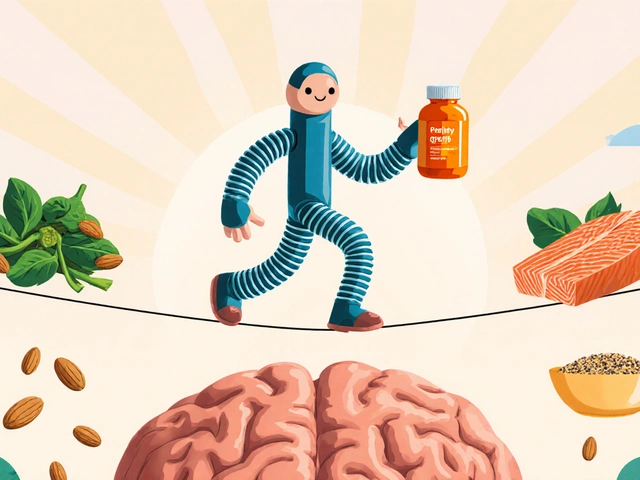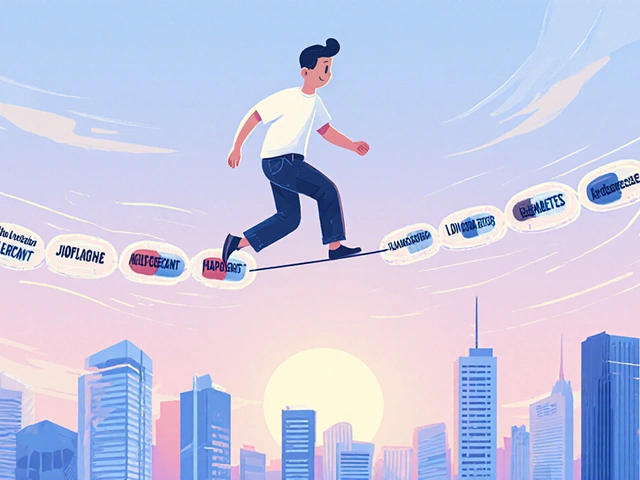Hydration Hacks: Simple, Practical Tricks to Drink More Water
Feeling sluggish, foggy, or just “off” during the day? Small drops in body water can do that. You don't need fancy gear or expensive drinks to stay hydrated—just a few smart habits you can use right now.
Everyday habits that actually work
Start with a visible goal: keep a marked water bottle that shows how much to drink by midday and evening. If you hate plain water, add a slice of lemon, a few cucumber slices, or a sprig of mint—these add flavor without a sugar spike. Drink one glass (about 250 ml) when you wake up, another before each meal, and sip regularly between meals. Setting phone alarms or using an app can be surprisingly effective if you forget to drink.
Temperature matters. Cold water often feels more refreshing and encourages drinking during workouts. Room-temperature water can be gentler on digestion if you’re sipping throughout the day. Swap bottles: owning two reusable bottles—one for your desk, one for your bag—reduces friction and makes refilling easier.
Smart hydration for workouts, travel, and busy days
During exercise aim to take small sips often. A practical rule: 150–300 ml every 15–20 minutes for moderate workouts, more if it's hot or you sweat heavily. For long or intense sessions, add electrolyte support: real food like a banana, salted nuts, or a low-sugar sports drink helps replace sodium and potassium lost in sweat.
Travel and alcohol need a plan. When flying, cabin air is drying—drink a glass of water each hour and limit caffeine. If you’re drinking alcohol, alternate each alcoholic drink with a glass of water to reduce next-day dehydration and headaches.
Make hydration part of meals and snacks. Choose water-rich foods: watermelon, oranges, cucumbers, tomatoes, soups and yogurt. For kids, frozen fruit pops and ice cube trays with diluted juice are fun and hydrating. For older adults, regular small drinks or flavored ice chips can work better than large volumes.
DIY electrolyte mix (simple and safe): in 1 liter of water dissolve 6 level teaspoons of sugar and 1/2 teaspoon of table salt. This mirrors a basic oral rehydration mix used worldwide. Use it when you have heavy sweating or a short bout of diarrhea; if symptoms are severe or last longer than a day, see a healthcare professional.
Watch for clear signals: dark urine, strong thirst, dry lips, dizziness, or low urine output. Those are signs to drink more and slow down. If you take medications that affect fluid balance (like some blood pressure meds or diuretics) check with your doctor about your needs—your target intake might be different.
Small changes beat big promises. Carry a water bottle, flavor your water, set simple reminders, and replace some snacks with watery fruits. Do that for a week and you’ll notice more energy, clearer thinking, and fewer mid-afternoon slumps.
Want more tips or worried about a specific situation—pregnancy, meds, or illness? Ask a healthcare provider. Hydration is simple, but a few conditions need personalized advice.
Discover hydration hacks for people who take spironolactone and enjoy cocktails. Learn how to avoid dehydration and keep your electrolytes in balance.
View Details

